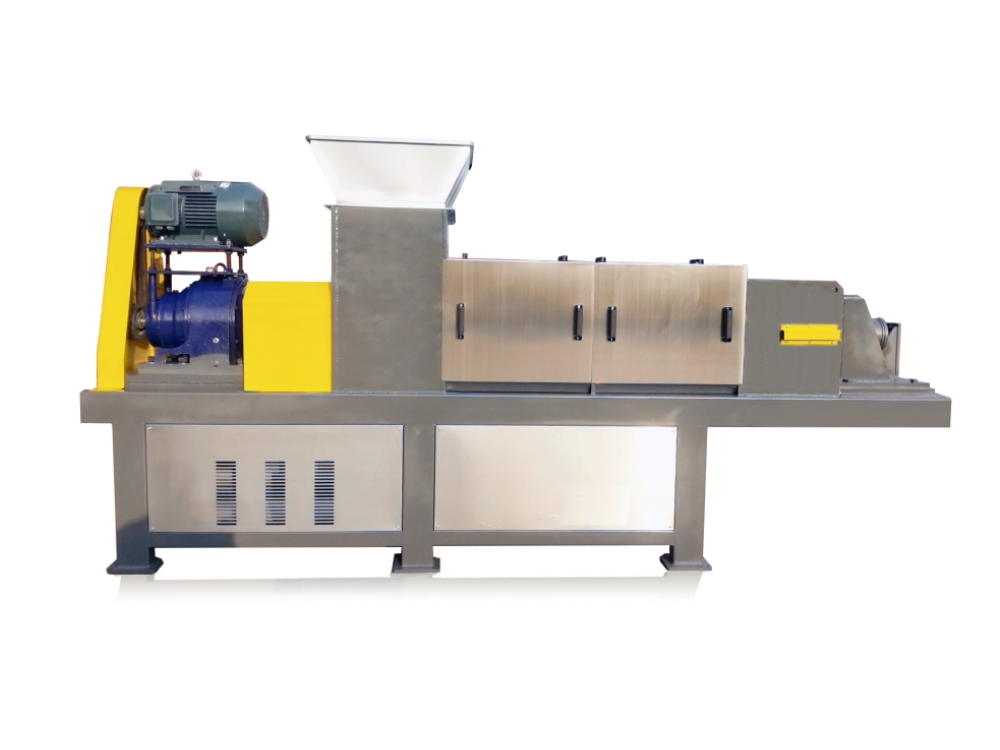
Introduction:
The growing awareness of environmental sustainability has spurred innovations across various industries, including textiles. Hemp, a versatile and eco-friendly plant, has gained prominence for its fiber, which can be used to create durable and sustainable textiles. The extraction of hemp fiber has undergone significant advancements with the introduction of specialized machines, revolutionizing the textile industry. This article explores the key aspects of hemp fiber extraction machines and their impact on sustainable textile production.
Traditional Methods vs. Modern Extraction Machines:
Historically, hemp fiber extraction involved manual labor and traditional methods that were time-consuming and less efficient. Modern extraction machines have transformed this process, offering a more streamlined and cost-effective approach. These machines are designed to extract hemp fibers with precision and speed, significantly improving overall productivity.
Decortication Process:
The primary function of hemp fiber extraction machines is to perform decortication – the separation of fibers from the plant's outer layer. This outer layer, known as bast, contains the long, strong fibers that are ideal for textile production. Decortication machines efficiently strip away the unwanted parts of the hemp plant, leaving behind the valuable fibers.
Efficiency and Output:
One of the notable advantages of hemp fiber extraction machines is their efficiency in extracting a large volume of fibers in a relatively short time. This high output is crucial for meeting the increasing demand for sustainable textiles. As these machines operate with minimal waste, they contribute to a more resource-efficient and environmentally friendly production process.
Quality of Extracted Fibers:
Modern extraction machines are designed to ensure the integrity and quality of the extracted hemp fibers. By minimizing damage during the decortication process, these machines produce fibers that retain their strength and durability. This is a significant factor in creating high-quality textiles that meet industry standards.
Environmental Sustainability:
Hemp fiber extraction machines play a pivotal role in promoting environmental sustainability. Hemp cultivation requires fewer pesticides and herbicides compared to traditional textile crops, making it a more eco-friendly choice. Additionally, the use of hemp fibers in textiles contributes to the reduction of synthetic materials, further lessening the environmental impact of the textile industry.
Integration with Textile Manufacturing:
The extracted hemp fibers can be seamlessly integrated into textile manufacturing processes. They can be spun into yarns and woven into fabrics, offering a sustainable alternative to conventional textiles. The versatility of hemp fibers allows for the production of a wide range of textile products, from clothing and accessories to home furnishings.
Conclusion:
The introduction of hemp fiber extraction machines marks a significant milestone in the evolution of sustainable textile production. These machines not only streamline the extraction process but also contribute to the overall environmental sustainability of the textile industry. As consumer awareness of eco-friendly choices continues to grow, the use of hemp fibers extracted with modern machines is likely to play a key role in shaping the future of the textile market.

 TEL:+86 15336363999
TEL:+86 15336363999
 WeChat:gongchris1111
WeChat:gongchris1111
 ADD:Fangzi District, Weifang City, Shandong Province, China
ADD:Fangzi District, Weifang City, Shandong Province, China